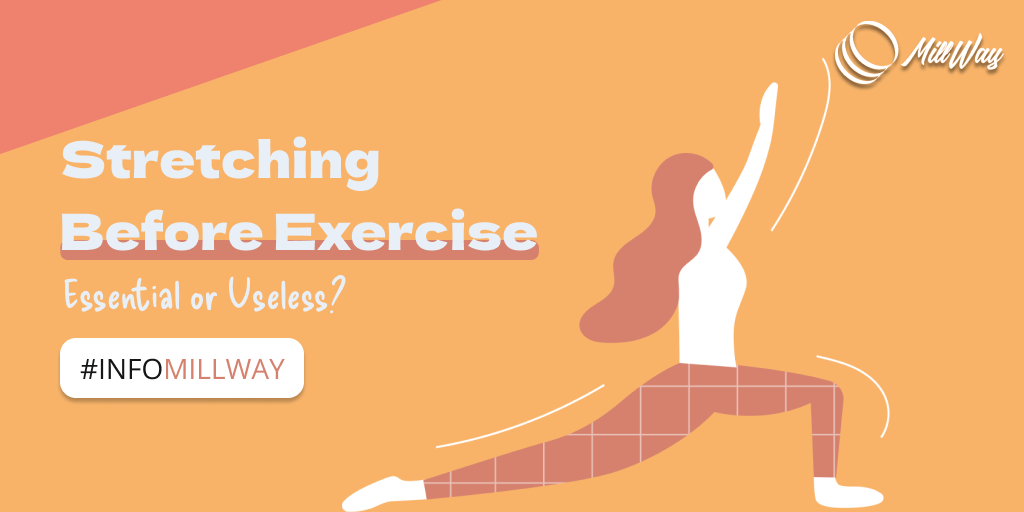Stretching is often considered a must before exercising. But is it always necessary? Or can it actually be a waste of time and increase the risk of injury?
In this article, we'll discuss the right types of stretching, the best times to do them, and common mistakes people make when stretching before exercise.
Types of Stretching & When to Do Them
Stretching isn't just one type; each type has different benefits and timing for when it should be done.
- Dynamic Stretching – Recommended Before Exercise
- Involves active movements to improve flexibility and blood circulation
- Warms up muscles so they are ready for more intense activities
- Examples: Leg swings, arm circles, lunges with rotation
- Static Stretching – Better After Exercise
- Involves holding a stretch for several seconds without movement
- Used to improve long-term flexibility and reduce muscle tension
- Examples: Touching your toes while sitting, holding a hamstring stretch
Common Mistakes
Many people perform static stretching before exercise in the hope of preventing injury. However, static stretching before exercise can actually decrease muscle performance and increase the risk of injury.
Why Dynamic Stretching Is Recommended Before Exercise
Research shows that dynamic stretching before exercise offers the following benefits:
- Improves blood circulation to muscles before heavy activity
- Warms up the body gradually to reduce injury risk
- Helps improve muscle flexibility and range of motion
A study from the Journal of Strength & Conditioning Research found that athletes who did dynamic stretching before exercise performed better than those who only did static stretching.
When Is Static Stretching Necessary?
While static stretching is not recommended before exercise, it is not useless. Static stretching is very beneficial when done after exercise to help muscle recovery and improve long-term flexibility.
The best time for static stretching:
- After exercise to help muscles relax
- During flexibility training sessions, such as yoga or pilates
- When experiencing muscle stiffness after activity
Tip: Do static stretching for 10-30 seconds per movement after exercise to help reduce muscle soreness.
Conclusion: Should You Stretch Before Exercise?
- Yes, stretching before exercise is important, but it should be dynamic.
- Static stretching is better done after exercise for muscle recovery.
- Don't just stretch without thinking—choose the right type for the activity you'll be doing.
Used to stretching before exercise? Try starting with dynamic stretching and feel the difference!

